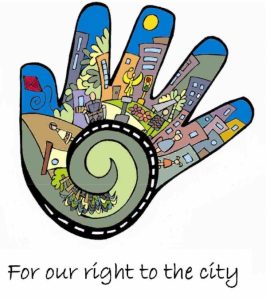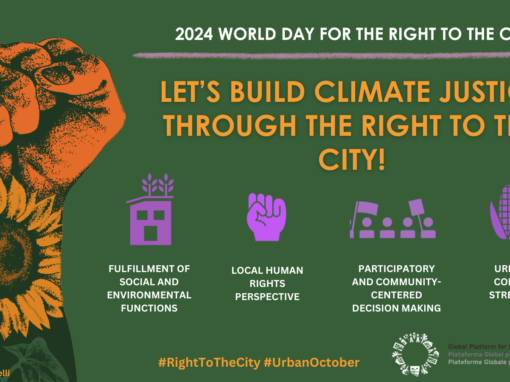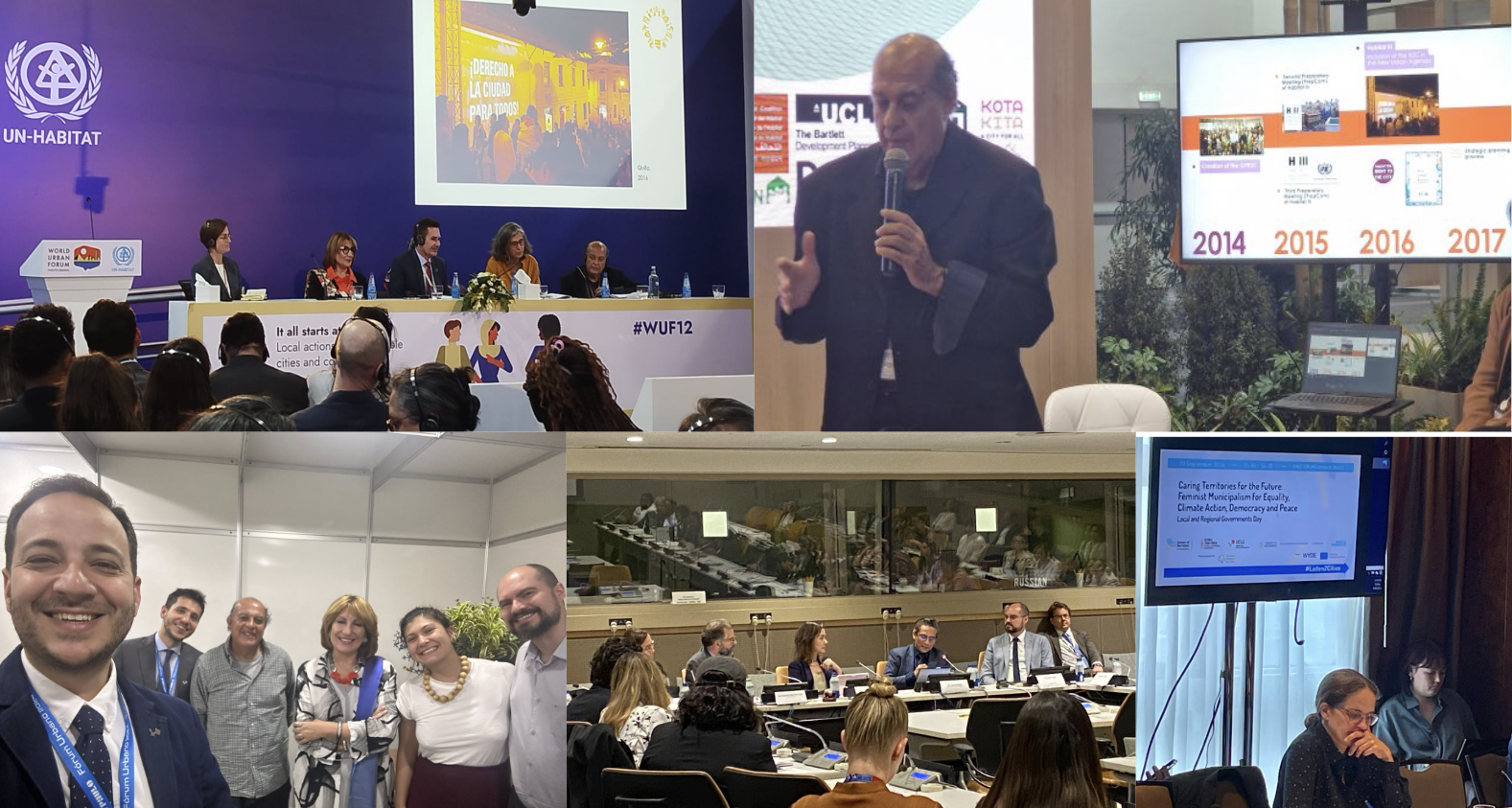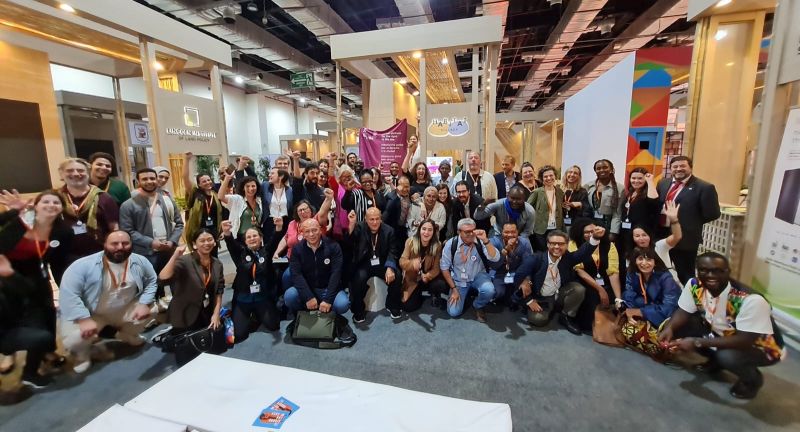By Isabel Pascual
GPR2C Team
Cities are territories with massive economic, environmental, political and cultural wealth and diversity, both actual and potential. But the development models implemented in most countries today tend to concentrate income and power, resulting in poverty, exclusion and environmental degradation in urban areas, among other problems.
Further, public policies often tend to contribute to these problems by ignoring the contributions of local communities to the construction of the city, as well as the citizenship of those communities’ inhabitants. Such policies, too, are detrimental to urban society and urban life.
These concerns are at the heart of the preamble of the World Charter for the Right to the City, a document that came to life almost a decade and a half ago. The charter aims to specify the responsibilities of local and national governments, civil society and international organizations in ensuring that all people can live with dignity in urban areas.
The Right to the City broadens the traditional focus on improving quality of life based on housing and the neighbourhood to encompass quality of life at the scale of the city and its rural surroundings. This is a collective right that confers legitimacy upon people’s actions and organizations based on their uses and customs, with the aim of achieving the full exercise of the right to an adequate standard of living.
See the full article at: http://citiscope.org/habitatIII/commentary/2016/02/needed-cornerstone-habitat-iii-right-city#sthash.o32jJaqs.dpuf





